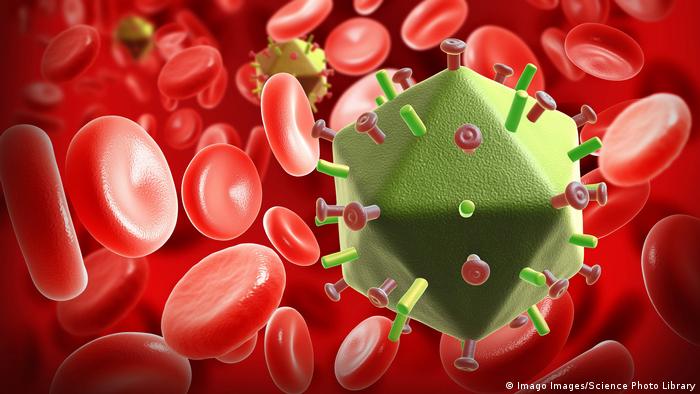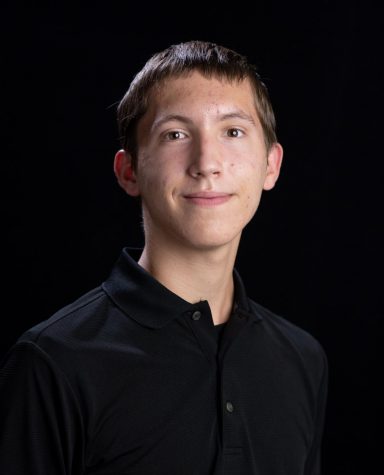A one in a million cure
After many years with little progress on a full treatment, scientists may have possibly found a cure for HIV.
February 17, 2022
The human immunodeficiency virus (HIV) is one of the most infectious and dangerous diseases around the globe, killing an average of a million people every year. Its key detrimental factor is that there is no set cure, but scientists may have found the alternative in one New York woman.
The reason HIV has no cure is due to the nature of the virus. It attaches itself to immune system cells and splices into the genetic code. This means that HIV effectively digs itself into human deoxyribonucleic acid (DNA). Here, the virus will control cells and make them stop reproducing. Without reproducing immune system cells, the human body can easily succumb to the common cold, which is why this disease is so deadly. The cells cannot exactly be removed either, as the body needs immune cells to stay alive in the first place.
HIV is also the silent killer, with most patients not showing symptoms until it is too late. Plus, most symptoms shown are fairly common in most illnesses, such as fevers, chills and sore throats. Vague symptoms and the fact that this disease goes under the radar make it one of the hardest things to cure. Though scientists have their ways.
“There’s something magical about these cells and something magical perhaps about the cord blood in general that provides an extra benefit,” said Dr. Steven Deeks, an AIDS expert at the University of California.
The immune cells might not be able to be removed, but they can be replaced. Doctors Jingmei Hsu, Koen van Besien and Marshall Glesby had this exact thought when examining the New York patient. The process of treatment involved using a tube to transfer stem and immune cells from another person to the patient. The donor’s immune cells had much more resistance to HIV due to a special gene, which made them the perfect choice to use in the test.
“The role of the adult donor cells is to hasten the early engraftment process and render the transplant easier and safer,” said Dr. van Besien.
Due to the nature of this process, it is extremely difficult to perform. The success rate is not the greatest when compared to standard treatment methods. Another factor is the donor themselves. The donors must have the gene that makes their immune cells naturally resistant to HIV. This gene is very rare, making finding a candidate challenging. On top of that, the candidate must be willing to donate some of their cells for a transplant, which is not something that everyone is comfortable with.
Despite the setbacks, it is still a marvel a cure like this was possible. After 14 months, the New York patient was essentially cured, showing no further signs of the virus lingering within their body. This patient is now the third person to be cured of HIV using this method, and it brings hope to a future cure for this virus.
“These are stories of providing inspiration to the field and perhaps the road map of curing HIV as we know it,” said Dr. Deeks.


